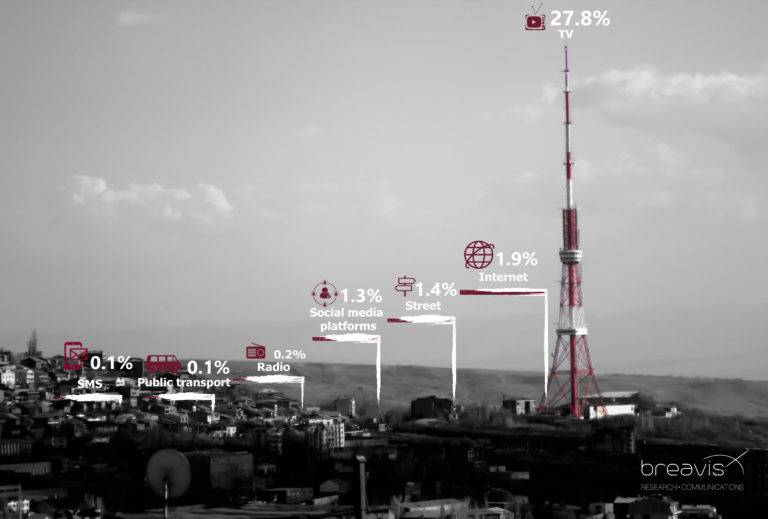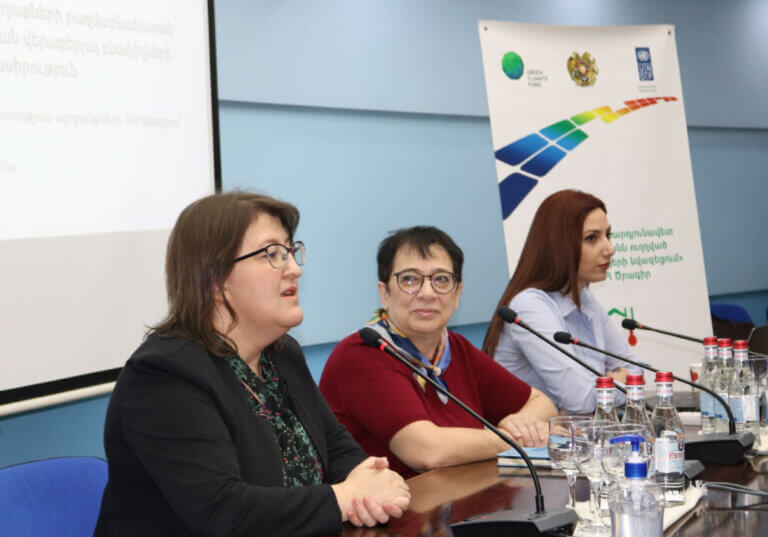When one hears the name “Paris”, the iconic image of the Eiffel Tower often springs to mind. While the city has a rich heritage and a wealth of cultural and historical layers, it was the giant steel structure temporarily built for the 1889 World Exhibition that became the symbol of Paris.
Many tourist destinations have an iconic structure that appears on postcards and refrigerator magnets. In Barcelona, it’s the Sagrada Familia, which remains half-built; in Rome, the Coliseum, partially ruined; and in Sydney, the newly constructed Opera House. However, a city’s symbol isn’t always a building. For example, in Venice, gondolas are synonymous with the city, while in Copenhagen, it’s the Little Mermaid statue. In Rio, the samba carnival embodies the city’s spirit, and in Dublin, it’s likely the pubs and local beer that capture the essence of the city.
Yerevan has a history that spans millennia, yet the majority of the present-day city was constructed within the last few decades. The cultural heritage does not come from the depths of centuries either. Of course, Pink City isn’t a globally recognized tourist destination with a well-defined external image or symbol to attract visitors. However, most locals have certain associations with the city.
Our latest survey* shows that these associations are diverse. There is no tangible or intangible symbol that resonates with the majority of the residents, indicating a lack of strong internal branding for the city.
27% of Yerevan residents were unable to name a tangible or intangible object that they would deem a symbol of the city.
The majority of the responses identify buildings, particularly from the Soviet era, as symbols of the city. The only encouraging fact is that the most frequent response was “the people of Yerevan”. Nevertheless, this answer is too abstract and does not provide a solid foundation for developing a marketing strategy to promote the city.
It turns out that Yerevan lacks a symbol even for its local audience, while the rules of the game dictated by globalization are unfavorable for cities without a clear symbol. Whether in the tourism market or the global job market, the recognition of cities becomes a critical prerequisite for gaining a competitive edge.
Cities nowadays invest significant efforts in assessing their strengths and weaknesses, formulating effective communication strategies, and consistently promoting their brand to both local and foreign audiences. Even if a city lacks an object that has the potential to become a symbol, it can be created from scratch without incurring significant costs, provided that it is original and has marketing potential.
*The “Yerevan, Yerevan residents and problems” survey is carried out every year among the adult population of Yerevan. The multi-stage quota sample for 2020 included 1,218 respondents. The research was conducted via telephone surveys (CATI) between July 17 and 23, with a 95% confidence interval of and a margin of error of Δ=±2.45%.



